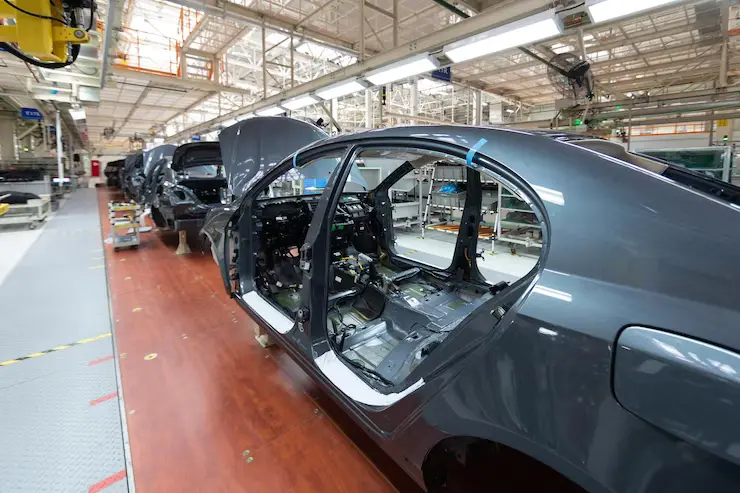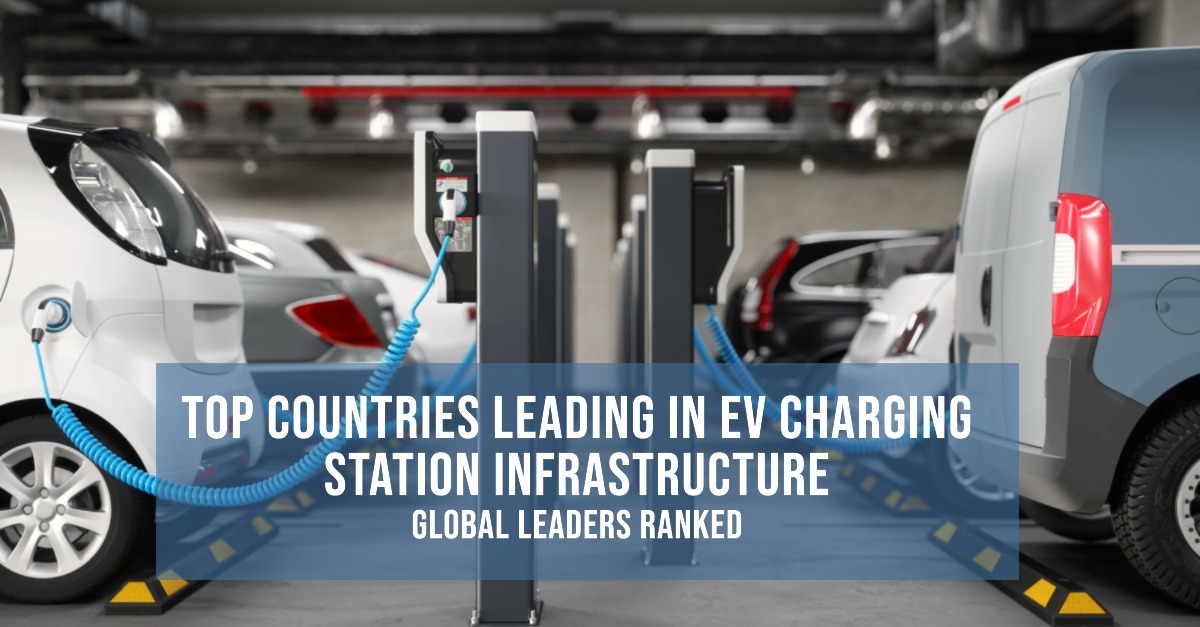
The Changing Landscape of the Automotive Industry: Trends and Drivers of Change
The automotive industry is a rapidly evolving sector that has been undergoing major changes in recent years. Technological advancements, shifting consumer preferences, and emerging market trends have created new opportunities and challenges for automotive companies worldwide. As a result, there has been growing interest in researching various aspects of the industry, such as vehicle design, manufacturing, marketing, and sales, among others.
Research Problem and Questions
In this research paper, we aim to explore the latest developments in the automotive industry and their implications for various stakeholders, including carmakers, suppliers, customers, and policymakers. Specifically, we seek to answer the following research questions:
- What are the key drivers of change in the automotive industry, and how are they affecting the competitive landscape and market dynamics?
- What are the main trends in vehicle design and engineering, and how are they influencing performance, safety, and sustainability?
- What are the challenges and opportunities for automotive companies in different regions of the world, and how are they responding to them?
- What are the implications of the latest automotive trends and technologies for society, the environment, and public policy?
Objectives and Scope
The main objective of this research paper is to provide an overview of the current state of the automotive industry and its prospects for the future. To achieve this objective, we will review the relevant literature, analyze the latest data and trends, and draw insights from expert opinions and case studies. The scope of the research paper will cover the global automotive industry, with a focus on the major regions and market segments.
Significance and Potential Contributions
This research paper is significant because it addresses a timely and important topic that has implications for a wide range of stakeholders. By providing a comprehensive and up-to-date analysis of the automotive industry, this paper can help researchers, practitioners, and policymakers to better understand the challenges and opportunities facing the sector, and to develop effective strategies and policies to address them.
Literature Review
The automotive industry is a multidisciplinary field that encompasses various disciplines, such as engineering, economics, marketing, and policy. As a result, there is a rich and diverse literature on the topic, spanning from technical reports and academic papers to industry publications and media reports.
Key Theories, Concepts, and Frameworks
Some of the key theories, concepts, and frameworks that are relevant to the automotive industry include innovation, disruption, value chain, competitive advantage, sustainability, and regulation. These concepts can help us understand the dynamics and challenges of the industry, as well as the opportunities and threats facing different players.
Analysis and Synthesis of Previous Research
Previous research studies have shown that the automotive industry is undergoing major transformations, driven by factors such as technological innovation, changing customer preferences, and regulatory pressures. Some of the main trends that have been identified in the literature include the rise of electric and autonomous vehicles, the shift towards mobility services and shared ownership models, and the growing importance of data analytics and digitalization.
Identification of Gaps, Inconsistencies, and Unresolved Issues
Despite the wealth of literature on the automotive industry, there are still some gaps, inconsistencies, and unresolved issues that need to be addressed. For example, there is a lack of consensus on the optimal strategies for automakers and suppliers to adapt to the changing market conditions, and there is still much uncertainty about the social, environmental, and economic impacts of the latest automotive trends and technologies.
Methodology
Description of Research Design and Methods: This research paper adopts a qualitative and exploratory research design, which involves a review and analysis of the existing literature on the automotive industry. The methods used in this study include a systematic search of academic databases and industry reports, a critical review and synthesis of the relevant literature, and an analysis of the latest data and trends.
Sampling Techniques and Data Collection Procedures
The sampling technique used in this study is purposive sampling, which involves selecting the most relevant and up-to-date sources of information on the automotive industry. The data collection procedure involves a thorough search of academic databases, industry reports, and news articles, as well as interviews with experts and stakeholders in the automotive sector.
Data Analysis and Interpretation Methods
The data collected in this study will be analyzed and interpreted using a thematic analysis approach, which involves identifying and coding the key themes and patterns that emerge from the data. The analysis will be guided by the research questions and objectives of the study, and will involve both qualitative and quantitative data.
Limitations and Ethical Considerations
The main limitation of this study is that it relies on secondary data sources, which may be biased or incomplete. In addition, the study may be subject to researcher bias and subjectivity, as well as ethical considerations such as data privacy and confidentiality.
Results and Analysis
Presentation and Analysis of Collected Data
The results and analysis section will present the key findings and insights from the review and analysis of the literature on the automotive industry. This will include a summary of the main trends and drivers of change in the industry, as well as an analysis of the challenges and opportunities facing different stakeholders.
Discussion of the Findings and Their Implications
The discussion section will provide a detailed analysis and interpretation of the results, and will discuss the implications of the findings for the research questions and objectives. This will involve a critical evaluation of the strengths and limitations of the study, as well as a comparison of the results with the existing literature and theories.
When it comes to writing a research paper, seeking research paper help is a common practice among students who need guidance and support. There are various resources available buy research paper with their research papers, including writing centers, academic tutors, and online writing services.
It is important to note that while research paper help can be useful in providing guidance and support, it is crucial to maintain academic integrity by conducting original research and properly citing sources. Academic institutions take plagiarism and academic misconduct seriously and students who engage in such practices risk facing serious consequences.



